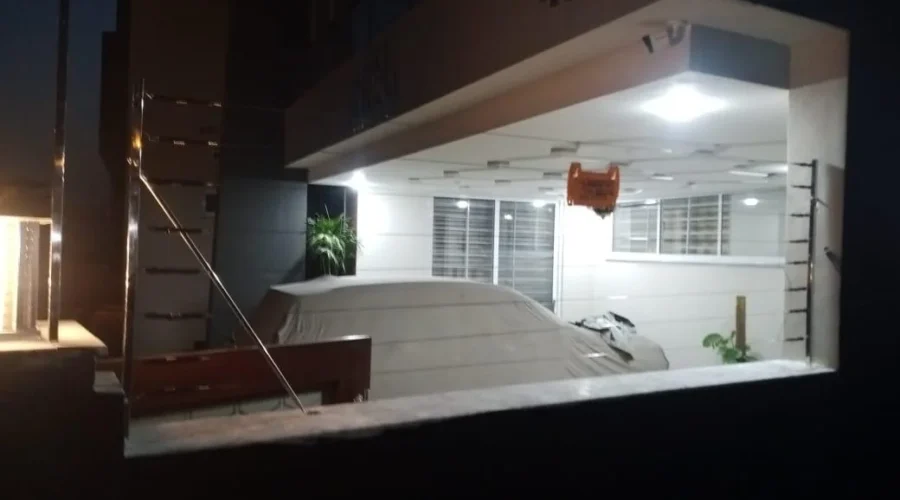How to Install an Electric Fence System
Introduction
Installing an electric fence system is an effective way to protect your property, safeguard livestock, or create secure boundaries. These systems deter intruders or contain animals with a mild electric shock, making them reliable for various uses. Before starting installation, it’s essential to understand the energizer, grounding rods, insulators, and wire, which ensure the system’s effectiveness. A well-planned installation not only ensures maximum performance but also prolongs the life of the electric fence. Key factors such as terrain, intended use, and local regulations must be considered to optimize the fence’s efficiency. This guide outlines the step-by-step process for safely setting up your electric fence system to ensure proper functionality.
Importance of proper installation for effectiveness
For an electric fence system to be efficient in providing security and containment, proper installation is necessary. When installed correctly, the fence delivers consistent electrical pulses that deter intruders or keep animals within designated areas. Faulty grounding or poor wire connections can compromise system effectiveness, creating gaps in security. A proper installation ensures the energizer provides adequate current, enhancing performance without harming animals or people. It also minimizes the risk of system failure, saving you from costly repairs or potential breaches. Following manufacturer guidelines and proper installation of components is essential for long-term success and effectiveness.
Planning the Layout
Your electric fence system’s configuration plays a significant role in determining how well it works and performs. Assess the limits of the land first, looking for any potential barriers like buildings, trees, or water sources. It’s critical to think about the locations you wish to keep secure, whether for protection against trespassers or animal confinement. To calculate how much material will be needed, take an accurate measurement of the perimeter. Make sure the layout minimizes any risks and permits simple access to the fence for upkeep. Additionally, think about the height and spacing of the wires based on the type of animals or security needs. A well-planned layout will enhance the efficiency of your system and ensure optimal performance in protecting your property.
Assessing the property and determining the fence boundary
Evaluating your land is a crucial first step in building an electric fence system. Start by identifying the perimeter of the property with stakes or flags to clearly designate the limits. To be sure you are in compliance, check the local laws on property lines and fencing. Both the appearance and the function of the fence are affected by natural obstacles like trees and water. Identify the specific areas you want to protect, such as gardens, livestock areas, or driveways. Additionally, take note of potential access points for intruders that may require special attention. Correctly establishing the border maximizes your system’s efficiency, offering reliable security and containment for your property.
Deciding the number of posts and their placement
Deciding the number of posts and their placement is crucial for an effective electric fence system. Start by measuring the perimeter and determining the distance between posts, typically ranging from 10 to 12 feet apart. This distance preserves the integrity of the barrier while offering sufficient support. Bringing the terrain into consideration more posts could be required on uneven ground to prevent sagging. Placement should also account for corners and gate locations, where extra strength is required. Use sturdy materials, such as treated wood or metal, for longevity. Properly placed posts ensure the fence remains taut, enhancing its deterrent capabilities. Ultimately, thoughtful planning in post placement contributes significantly to the overall security and functionality of your electric fence system.

Setting Up the Energizer
Setting up the energizer is a crucial step in ensuring your electric fence system functions properly. The energizer, also called the charger, converts power into an electric current that travels through the fence wires. When choosing an energizer, keep the fence’s length, power source, and intended animals or intruders in mind. Place the energizer in a sheltered location near a power source to protect it from the elements. Install grounding rods 10 feet apart and connect them to the energizer for efficient current flow. Regularly check the connections between the energizer, grounding rods, and fence wires to maintain optimal performance. Attach grounding rods to the energizer at a distance of ten feet apart for the best current flow.
Connecting the energizer to the fence and power source
Make sure the complete setup works properly, connecting the energizer to the fence and power source is essential. For a robust electrical flow, first secure the energizer’s output terminal to the fence wire using a high-quality connection. Additionally, the energizer’s ground terminal needs to be safely linked to the grounding system. Ensure that the connections are firm and well-insulated to prevent any energy loss or interference. For the power source, plug the energizer into a reliable outlet or ensure the solar or battery unit is fully charged. Maintain efficiency and avoid faults by routinely inspecting all connections. Your fence system will function more smoothly and dependably if you follow these cautious precautions.
Maintenance Tips
Maintaining your fence properly is essential to its long-term performance. Regularly check wires for damage, rust, or loose connections, as these issues can weaken the fence’s performance. Additionally, it’s critical to inspect the wire tension because loose wires might make the fence less effective. Clean vegetation like grass or weeds growing near the fence, as they can interfere with the electrical current. To make sure the voltage stays at the ideal level, check it on a regular basis with a fence tester. If the fence is battery- or solar-powered, keep an eye on the power supply to avoid disruptions. Performing routine maintenance will help extend the lifespan of your fence and keep it functioning efficiently year-round.
Conclusion
Installing an electric fence requires careful planning and attention to detail to ensure it functions properly. Effective performance depends on carefully choosing the parts, assembling the energizer, and making sure the grounding is correct. Regular maintenance, including checking wires and connections, helps keep the fence in top condition and ensures long-term reliability. Following guidelines and assessing your property’s needs ensures a secure, efficient barrier with minimal upkeep.

